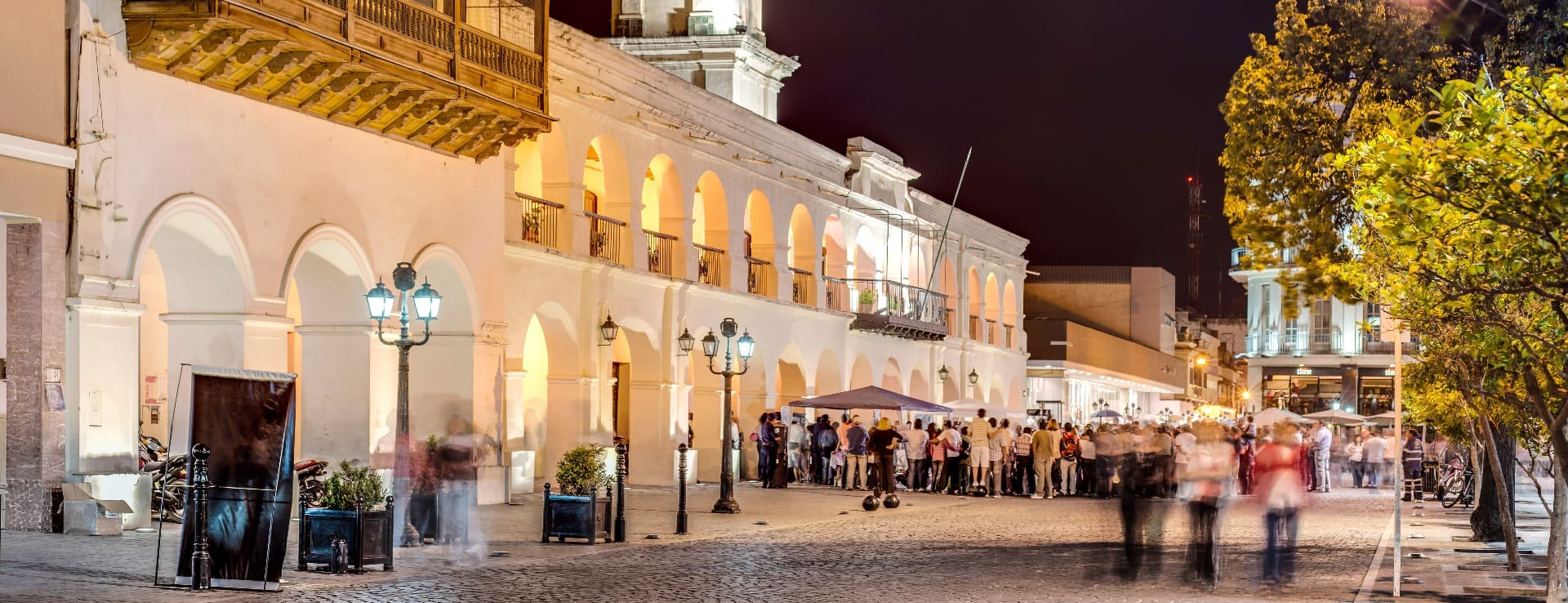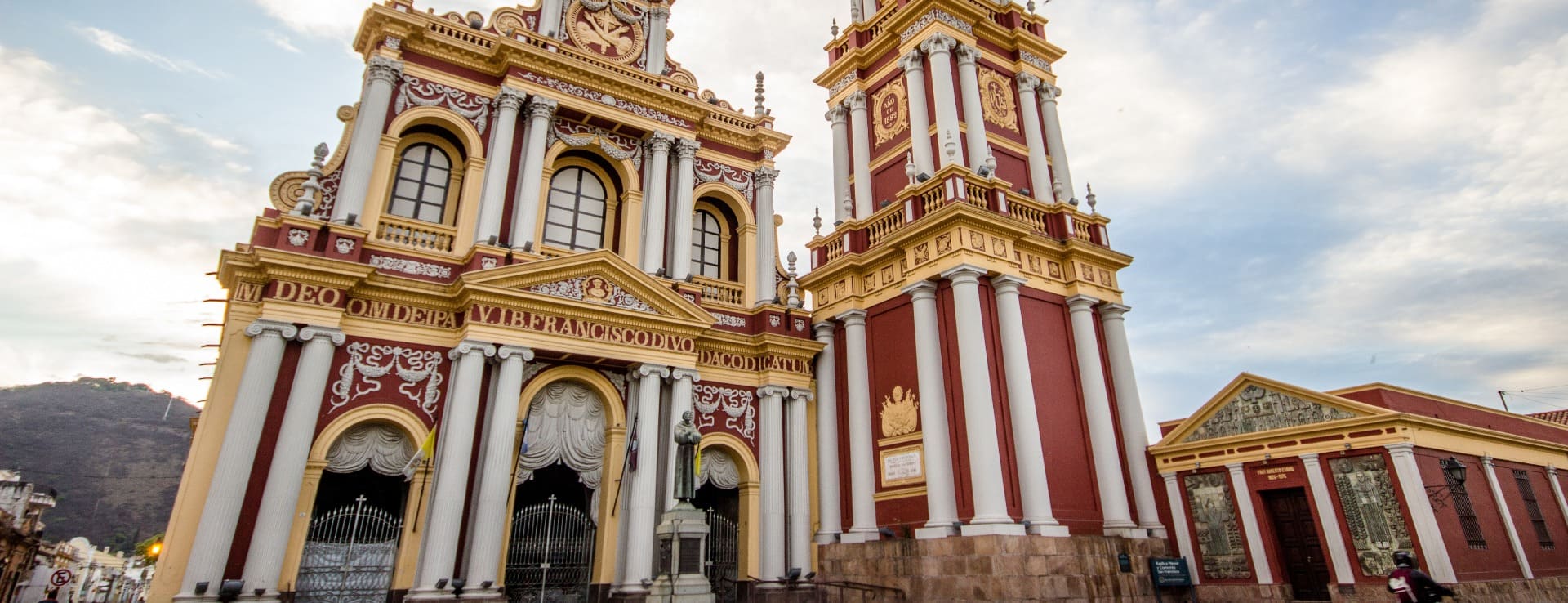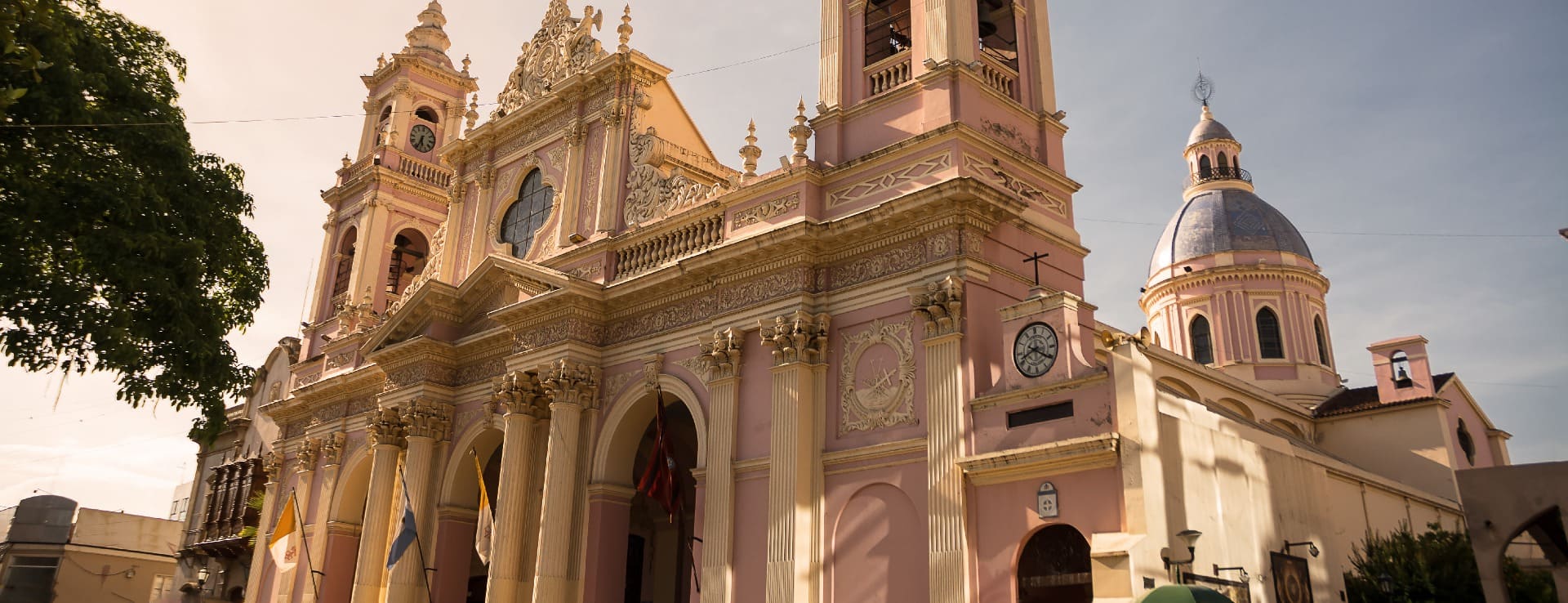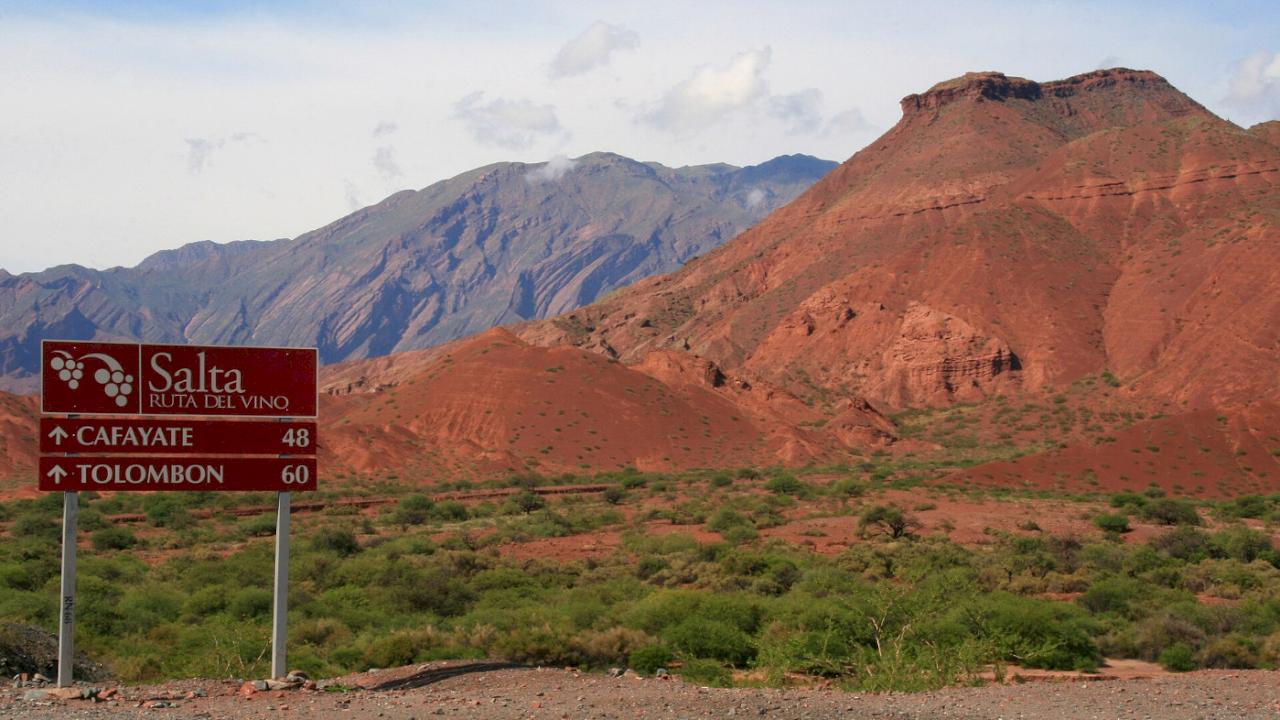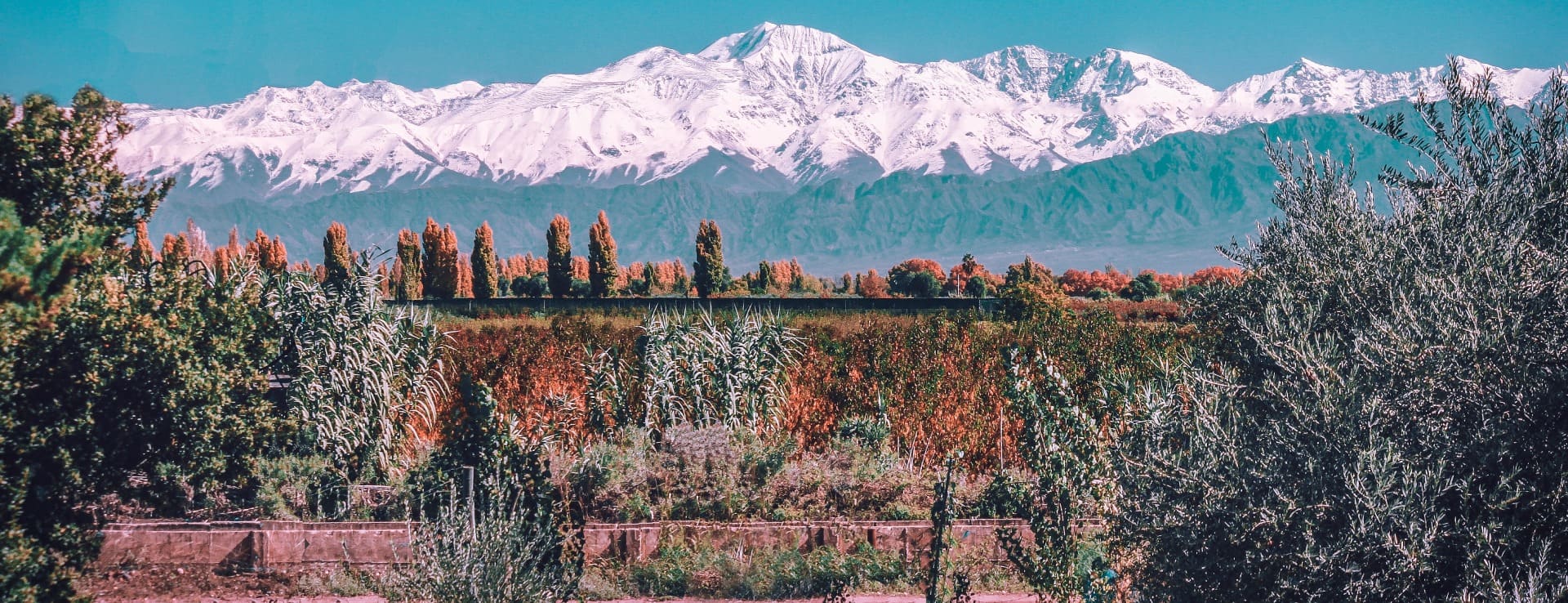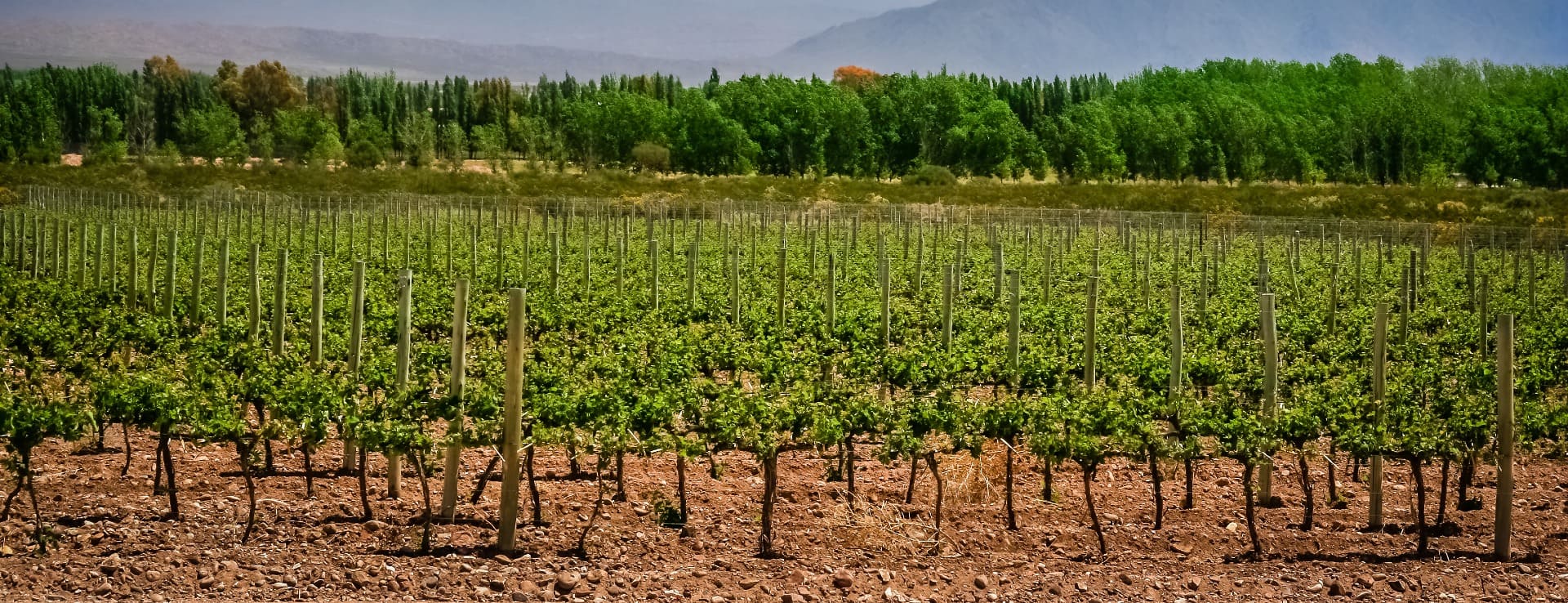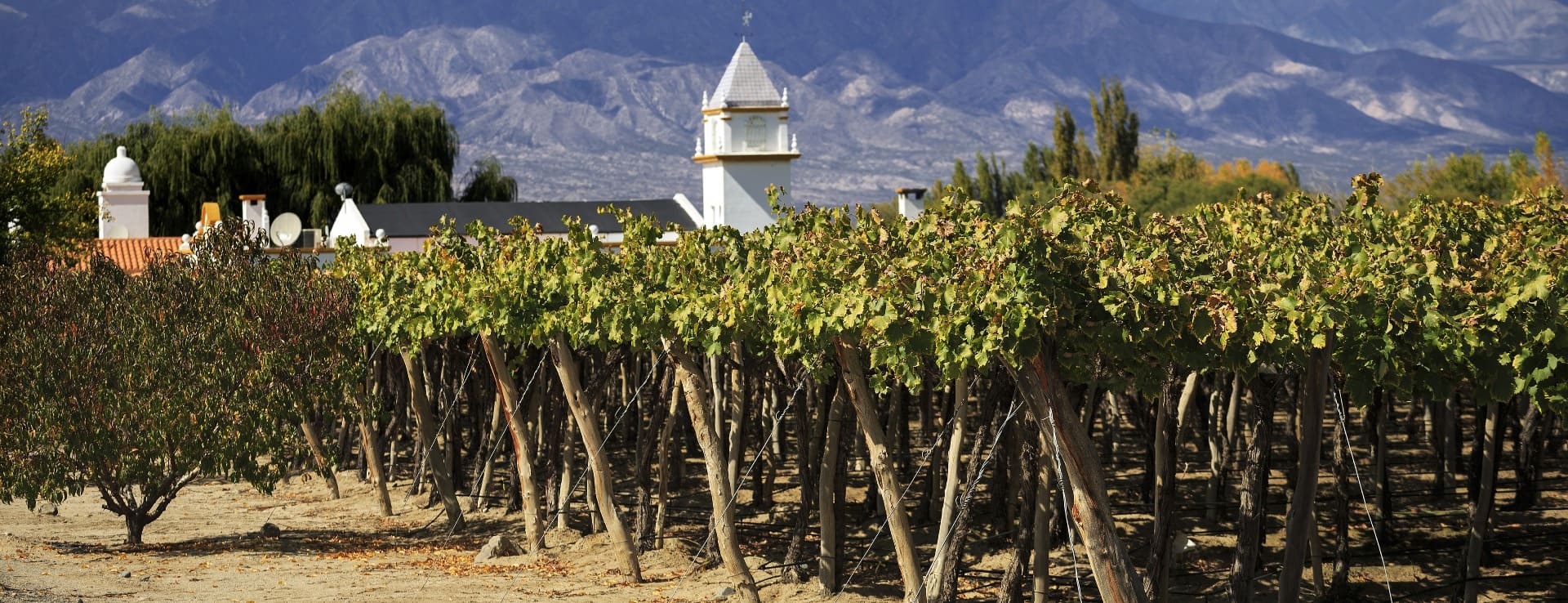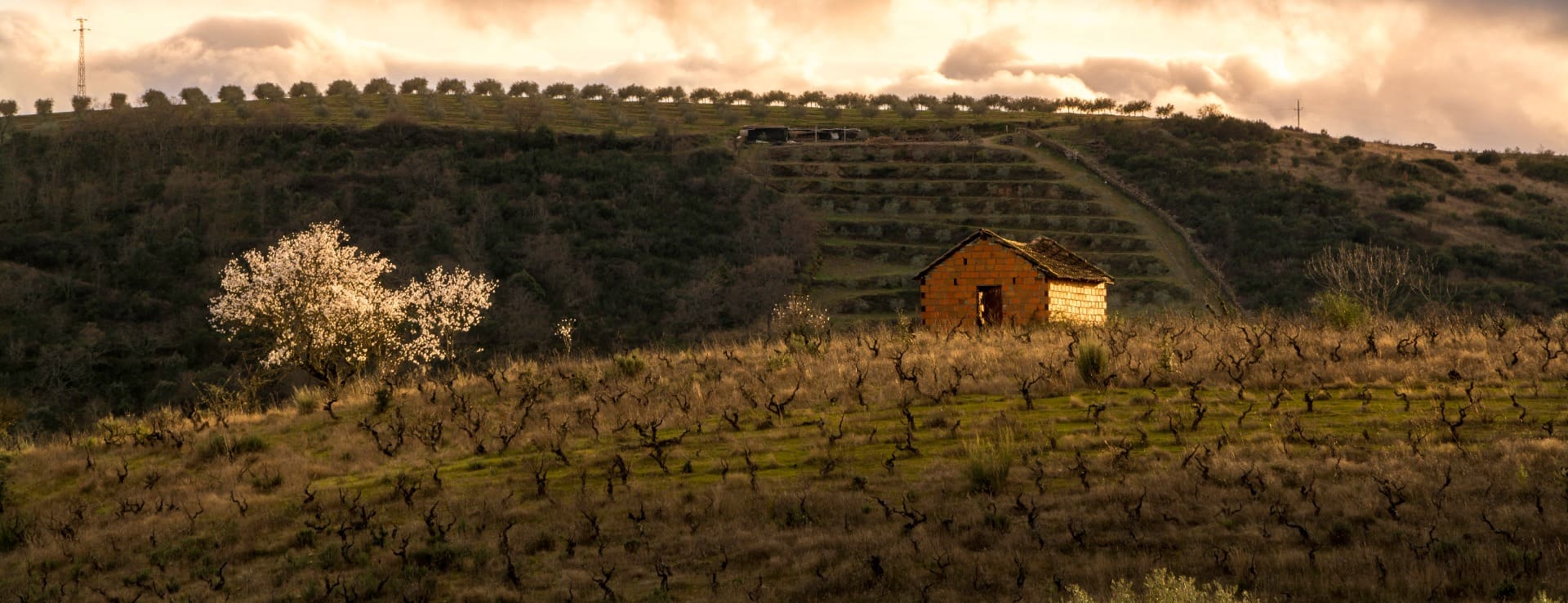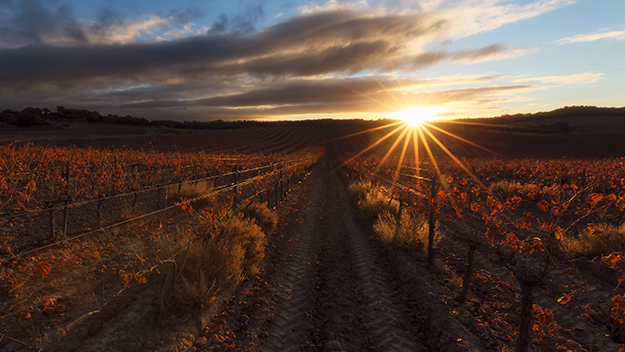Find your winery or vineyard
2 Wineries and Vineyards for sale in Salta
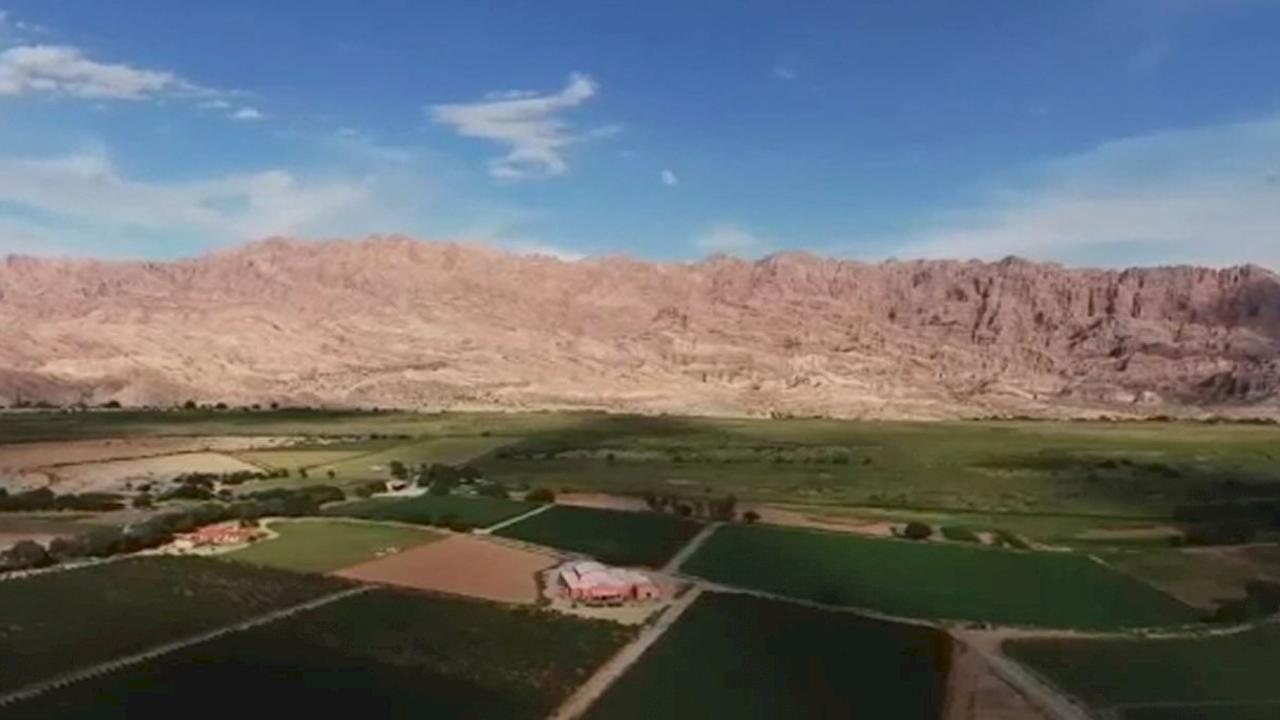
Winery with 67 hectares, 13 hectares of vineyard in Salta.
DO Salta
Infographic of the Denomination of Origin
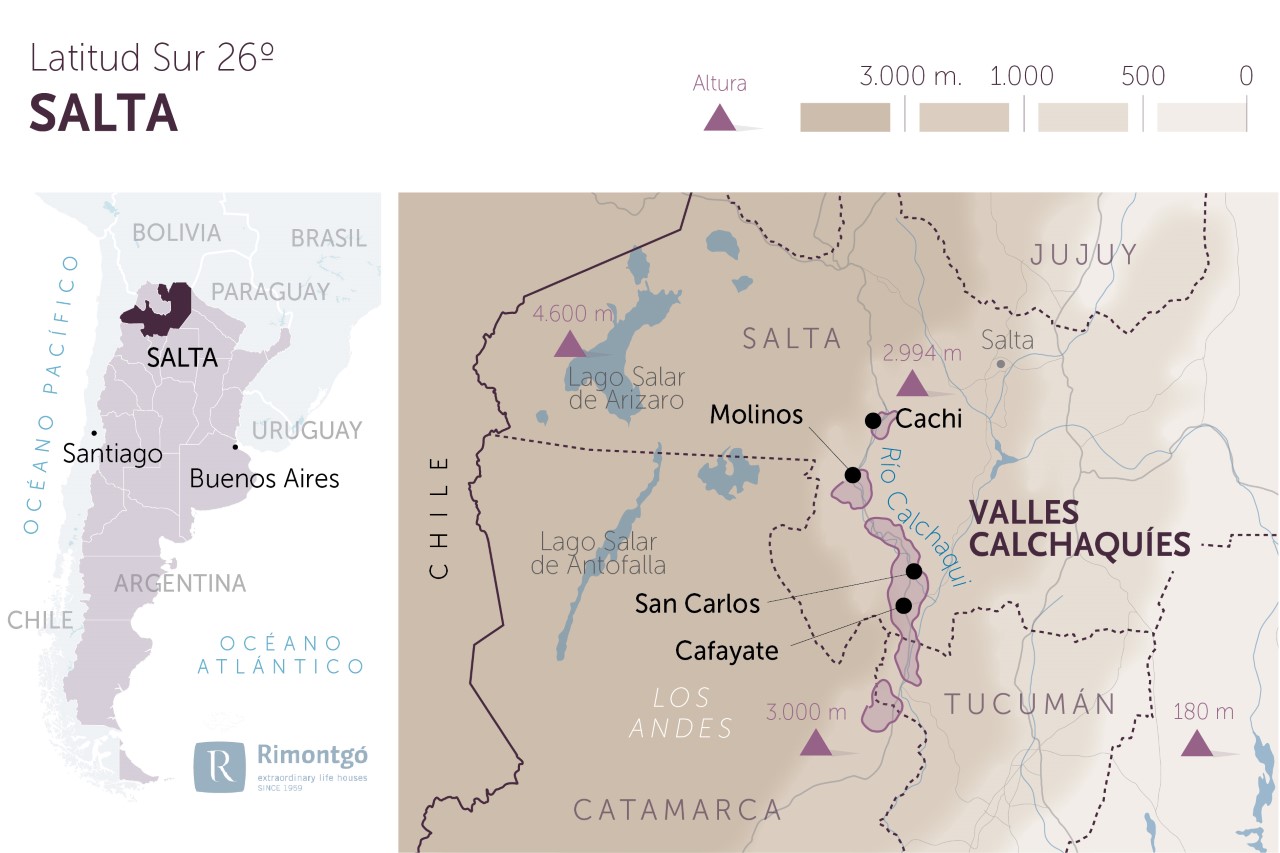
Change to imperial units (ft2, ac, °F)Change to international units (m2, h, °C)
Number of wineries (2017):
40
Total surface area:
3.365 ha8.315 ac
Altitude of the vineyards:
Min: 1.530m
Max: 3.111m
Min: 5.020ft
Max: 10.207ft
Temperature:
Average: 15º59°F
Yearly rainfall:
203 l/m219 l/ft2
Salta
The highest concentration of inhabitants is located in the city of Salta; however, the viticulture capital of Salta is Cafayate, to the southwest of the province. It is the reference point of the Northern viticulture concentrating the 75% of the vineyards in Salta and the 60% of the total planted surface in the Calchaquí Valleys. Cafayate is surrounded by mountains from all its sides, from the sharpest ones to the multicoloured or red mountains where the cactus appears in the landscape. The Calchaquí Valleys form the mountain ranges west of Salta where vineyards are cultivated.
The Argentine version of Andean music comes from Salta. The native culture is very present and it is an area of great spirituality and legends. Salta is known as the "slow Argentina" where time passes more slowly than in the rest of the country. The local Diaguita culture is still present in ancient dialects and languages such as Quechua or Aymara. The presence of indigenous religions such as those that worship the Pachamama goddess is also notorious.
HISTORY OF WINE
The Incas arrived in Salta from Peru in 1480 and the Spanish conquerors in 1535. They fought between themselves for decades and this led to the word calchaquí: calcha (rebel) and quí (the most) ... "the valleys of the most rebellious". Thus, most of the names of the local towns Cafayate, Cachi, Anastaco and Guachapas are more indigenous than Spanish.
On Christopher Columbus' second voyage to America in 1493, the first grape stakes were taken to introduce vine cultivation. And in 1522, a Spanish Crown ordinance was issued stating that all ships heading for the New World must carry vines. Already in 1524 Hernan Cortés ordered the planting of vineyards in the highlands of Mexico and in 1536 the first vines were introduced to the South American continent by Friar Bartolomé. He took them to Cuzco, in Peru, while Hernando de Montenegro would have moved them to Lima. Thus, began the expansion of the cultivation, which spread through northern and central Chile and the Calchaquí Valleys in northern Argentina, although with contrasting fortunes on each of the slopes of the Andes.
The province of Salta was almost exclusively dedicated to livestock and the exploitation of nitrate, which was later sold as fertilizer. After the arrival of the Jesuit missionaries in the 18th century, the introduction of viticulture as it is known nowadays began. Some of those early vines came from the Canary Islands. At this point it is necessary to mention the work of José Alazraqui, who in collaboration with another recognised professional such as Miguel Urtado was one of the pioneering figures in the industrialisation of wine production in the province of Salta.
The province of Salta had more economic development than other provinces, given its proximity to Peru and the Potosí silver mines. This privilege changed when in 1882 the Mendoza-Buenos Aires train was built.
WINES AND WINERIES
Much of the wine production in the province of Salta is located in the area of the Calchaquí Valleys, located to the west of the city of Salta. In these valleys, the Torrontés variety is preferably cultivated, to which other varieties such as Malbec, Cabernet Sauvignon, Chenin and Chardonnay must be added. The Cafayate wine region is one of the cities that concentrates the biggest production of vineyards in the province. Behind it awaits the cities of San Carlos and Santa María, the latter located in the neighbouring province of Catamarca.
The Jesuits were the ones who introduced the Torrontés grape variety, which we have mentioned above and which had its Argentinean origin in the Etchart winery, founded in 1850 in the city of Cafayate and which currently belongs to the international consortium Pernot Ricard. The owners of Bodegas Etchart later founded, together with the French oenologist Michel Rolland, the San Pedro de Yacochuya winery, located at an altitude of over two thousand metres. Another of the historic wineries in the city of Cafayate is Michel Torino, and also other winemaking companies such as Bodega Colomé, owned by Donald and Ursula Hess and founded in 1831, Dominio Hermanos, Finca Quara from Felix Lavaque, Finca Las Nubes from Jose Luis Mounier, and Bodegas Tilia, Alamos y Críos. The El Esteco winery in Cafayate produces organic wines. In some small towns of the province of Salta, there are currently small-scale production wineries of artisan wines.
POINTS OF INTEREST
When arriving at Cafayate, the tourist finds a town-city with colonial and indigenous touches that coexist in harmony. The old village of Molinos, dating from the 17th century, with its adobe and mud houses and its vicuña nursery, and the luxury hotel Patios de Cafayate which has been completely renovated with a colonial style, are remarkable. The most important wineries are located 10 minutes from Cafayate.
Some of the wineries located in the Calchaquí Valleys offer guided tours but the tourists interested in knowing more about the wines produced in the province of Salta have at their disposal an interesting Wine Route, a circuit of approximately 200 km, where they can enjoy landscapes of great interest as the Quebrada de la Flechas or Quebrada de Las Conchas as well as the Museum of the Vine and Wine, located in the city of Cafayate.
Another of the attractions located in this area of the province of Salta is Los Cardones National Park, which offers the visitor the chance to see some spectacular large cactuses that are hundreds of years old. Other national parks that concentrate a good number of visits are El Rey and Baritú. Cafayate celebrates every October the so-called Torrontés National Wine Festival, in which gastronomy (the asado is the food par excellence) and the gaucho culture are the co-protagonists.
D.O./Valle (wine regions)
Discover more wineries and vineyards for sale in these wine regions in Argentina
Subscribe to our mailing list to receive news about wineries and vineyards.

